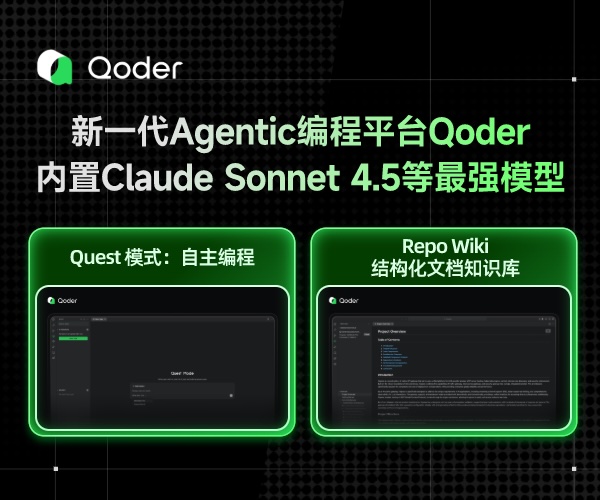TestNG – Run multiple test classes (suite test)
 In this tutorial, we will show you how to run multiple TestNG test cases (classes) together, aka suite test.
In this tutorial, we will show you how to run multiple TestNG test cases (classes) together, aka suite test.
1. Test Classes
Review following three test classes.
TestConfig.java
package com.mkyong.testng.examples.suite;
import org.testng.annotations.AfterSuite;
import org.testng.annotations.AfterTest;
import org.testng.annotations.BeforeSuite;
import org.testng.annotations.BeforeTest;
//show the use of @BeforeSuite and @BeforeTest
public class TestConfig {
@BeforeSuite
public void testBeforeSuite() {
System.out.println("testBeforeSuite()");
}
@AfterSuite
public void testAfterSuite() {
System.out.println("testAfterSuite()");
}
@BeforeTest
public void testBeforeTest() {
System.out.println("testBeforeTest()");
}
@AfterTest
public void testAfterTest() {
System.out.println("testAfterTest()");
}
}
TestDatabase.java
package com.mkyong.testng.examples.suite;
import org.testng.annotations.Test;
public class TestDatabase {
@Test(groups = "db")
public void testConnectOracle() {
System.out.println("testConnectOracle()");
}
@Test(groups = "db")
public void testConnectMsSQL() {
System.out.println("testConnectMsSQL");
}
@Test(groups = "db-nosql")
public void testConnectMongoDB() {
System.out.println("testConnectMongoDB");
}
@Test(groups = { "db", "brokenTests" })
public void testConnectMySQL() {
System.out.println("testConnectMySQL");
}
}
TestOrder.java
package com.mkyong.testng.examples.suite;
import org.testng.annotations.Test;
public class TestOrder {
@Test(groups={"orderBo", "save"})
public void testMakeOrder() {
System.out.println("testMakeOrder");
}
@Test(groups={"orderBo", "save"})
public void testMakeEmptyOrder() {
System.out.println("testMakeEmptyOrder");
}
@Test(groups="orderBo")
public void testUpdateOrder() {
System.out.println("testUpdateOrder");
}
@Test(groups="orderBo")
public void testFindOrder() {
System.out.println("testFindOrder");
}
}
2. Testng.xml
To run above test classes, create a XML file – testng.xml (can be any filename) file, and define detail like this :
testng.xml
<!DOCTYPE suite SYSTEM "http://testng.org/testng-1.0.dtd" >
<suite name="TestAll">
<test name="order">
<classes>
<class name="com.mkyong.testng.examples.suite.TestConfig" />
<class name="com.mkyong.testng.examples.suite.TestOrder" />
</classes>
</test>
<test name="database">
<classes>
<class name="com.mkyong.testng.examples.suite.TestConfig" />
<class name="com.mkyong.testng.examples.suite.TestDatabase" />
</classes>
</test>
</suite>
Output
[TestNG] Running:
C:\mkyong_projects\TestNG\src\test\resources\testng-all.xml
testBeforeSuite()
testBeforeTest()
testFindOrder
testMakeEmptyOrder
testMakeOrder
testUpdateOrder
testAfterTest()
testBeforeTest()
testConnectMongoDB
testConnectMsSQL
testConnectMySQL
testConnectOracle()
testAfterTest()
testAfterSuite()
3. Other Examples
Here are some common use examples.
3.1 Specify package names instead of class names:
testng.xml
<!DOCTYPE suite SYSTEM "http://testng.org/testng-1.0.dtd" >
<suite name="TestAll">
<test name="order">
<packages>
<package name="com.mkyong.testng.examples.suite.*" />
</packages>
</test>
</suite>
3.2 Specify methods to include or exclude :
testng.xml
<!DOCTYPE suite SYSTEM "http://testng.org/testng-1.0.dtd" >
<suite name="TestAll">
<test name="order">
<classes>
<class name="com.mkyong.testng.examples.suite.TestConfig" />
<class name="com.mkyong.testng.examples.suite.TestOrder">
<methods>
<include name="testMakeOrder" />
<include name="testUpdateOrder" />
<!--
<exclude name="testMakeOrder" />
-->
</methods>
</class>
</classes>
</test>
</suite>
Output
[TestNG] Running:
C:\mkyong_projects\TestNG\src\test\resources\testng.xml
testBeforeSuite()
testBeforeTest()
testMakeOrder
testUpdateOrder
testAfterTest()
testAfterSuite()
3.3 Specify groups to include or exclude :
testng.xml
<!DOCTYPE suite SYSTEM "http://testng.org/testng-1.0.dtd" >
<suite name="TestAll">
<test name="database">
<groups>
<run>
<exclude name="brokenTests" />
<include name="db" />
</run>
</groups>
<classes>
<class name="com.mkyong.testng.examples.suite.TestDatabase" />
</classes>
</test>
</suite>
Output
[TestNG] Running:
C:\mkyong_projects\TestNG\src\test\resources\testng.xml
testConnectMsSQL
testConnectOracle()
According to the TestNG dtd, the exclude element is only applicable to the following elements:
- package - The package description within packages list.
- methods - The list of methods to include/exclude from this test.
- run - The subtag of groups used to define which groups should be run.
The elements cl*** and class cannot be directly excluded; however, you can exclude cl*** through groups:
@Test(groups = { "ClassTest1" })
public class Test1 {
public void testMethod1() {
}
public void testMethod2() {
}
}
Then you will define the testng.xml:
<suite>
<test>
<groups>
<run>
<exclude name="ClassTest1"/>
</run>
</groups>
<cl***>
<class name="Test1">
</cl***>
</test>
</suite>
不积跬步,无以至千里



 浙公网安备 33010602011771号
浙公网安备 33010602011771号